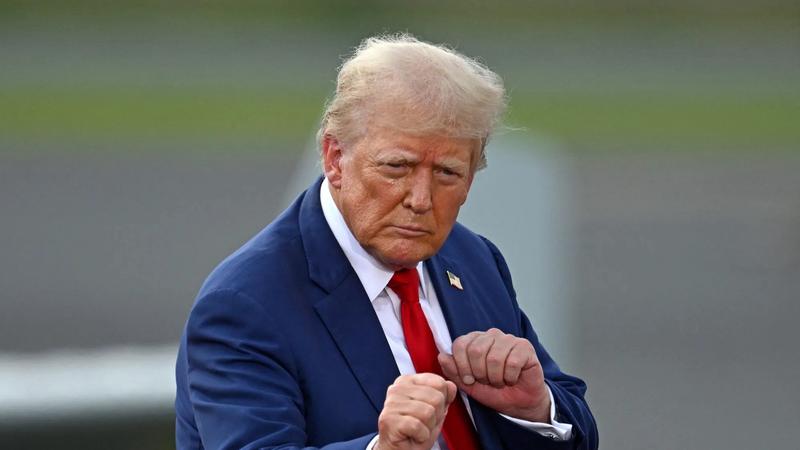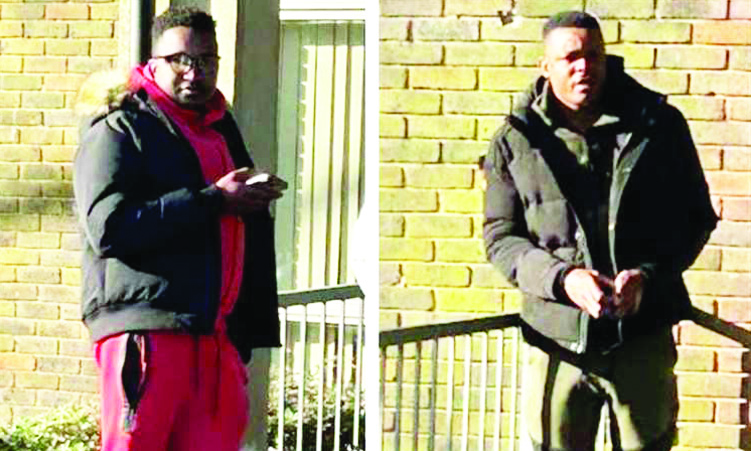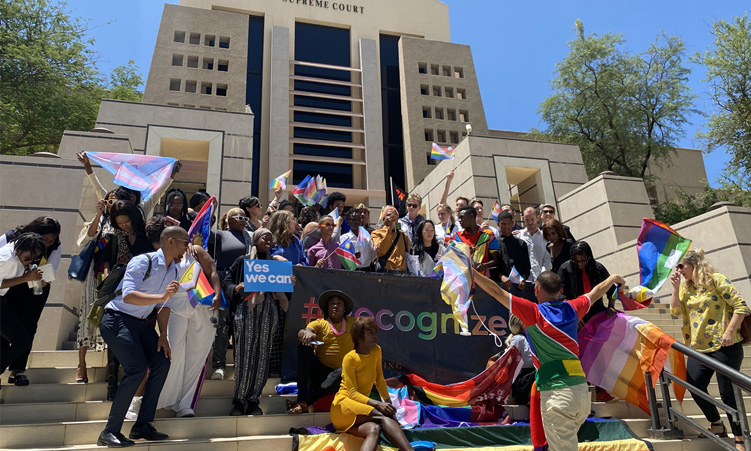FREETOWN – It hasn’t yet reached Ali Lamie’s small store, which flashes with colours as he charges cellphones by the rack. But after more than 30 years, Bumbuna hydroelectric dam is bringing power and economic hope to Sierra Leone.
Key sections of the capital Freetown were lit up this month when President Ernest Bai Koroma switched on the final test of the project at the Kingtom power station, named after the local king who let freed black slaves settle the area in 1787.Coming in the same month as a large oil find off the coast of this impoverished West African country and amid rising investor interest in its potentially huge iron ore deposits, the dam’s power will be material.’This is a huge saving for the country because they don’t have to import fuel anymore and it will mean the economy and industry can expand,’ said Engilbert Gudmundsson of the World Bank, a backer of the dam which has cost over US$200 million.’This will save the country US$2 million a month just on fuel. It’s going to make a significant difference,’ he told Reuters. Sierra Leone’s currency reserves stood at around US$209 million last year.Today much of the country, ranked the world’s least developed by the United Nations, still runs on diesel-guzzling private generators. The cost of power remains a stumbling block to attracting business scared off by the 1991-2002 civil war.At the dam’s launch Koroma, who was elected in 2007 and vowed to provide power when his All People’s Congress (APC) party took charge, warned that anyone found stealing electricity would face ‘the full penalty of the law’.The project, which is funded by the World Bank and others including the African Development Bank and Italy, was first conceived in the 1970s but delayed by the civil war, which engendered widespread looting of power transmission lines.Work on the dam was also dogged by the graft that put Sierra Leone in 158th spot out of 180 in watchdog Transparency International’s 2008 Corruption Perceptions Index.Italian contractors spent so many years working on the project that they have installed table football and cappuccino machines at the site nestled among lush hills about 200 km northeast of Freetown.’We are still waiting for this Bumbuna light to reach us,’ said Lamie in the store just outside Freetown, where he was charging more than 40 phones from a single generator for 500 Leones (15 U.S. cents) a time. BIG POTENTIALThe dam’s launch capped a flurry of economic action for Sierra Leone, whose government has vowed to use resource windfalls to fight poverty and prevent them becoming a factor of instability like ‘blood diamonds’, which helped fund the war.A consortium led by US-listed Anadarko Petroleum Corp has announced an oil find called Venus off the coast of Sierra Leone that analysts said could open up a multi-billion barrel oil frontier.’I would expect other companies to be taking huge interest in this,’ energy analyst Thomas Pearmain at IHS Global Insight said earlier this month. ‘This is an area that could have multi-billion barrel potential.’And London-listed African Minerals said it was in talks with Kazakh miner ENRC and several large Asian industrial firms that are considering a takeover or funding for its Tonkolili iron ore mine. African Minerals says Tonkolili is the third-largest resource of its kind, containing an estimated 5,1 billion tons of iron ore with potential to increase to 10 billion tons.Such unaccustomed economic interest in Sierra Leone suggests real progress for a country where levels of investment as a percentage of GDP remain far below the Sub-Saharan Africa average of 25 per cent, according to the United Nations.’The new government is gaining traction dealing with long-term problems like energy and transport,’ British High Commissioner Ian Hughes, whose country gives 50 million pounds (US$80 million) in aid a year to its former colony, told Reuters.’They’ve turned Bumbuna on; it appears health figures are improving; there’s been a significant discovery of iron ore and a new door is opening up with oil and real successes on the anti-narcotics front – all positive things.’Sierra Leone will be aiming to win more support at a two-day investment and donor conference in London on Nov. 18-19. -Nampa-Reuters
Stay informed with The Namibian – your source for credible journalism. Get in-depth reporting and opinions for
only N$85 a month. Invest in journalism, invest in democracy –
Subscribe Now!









